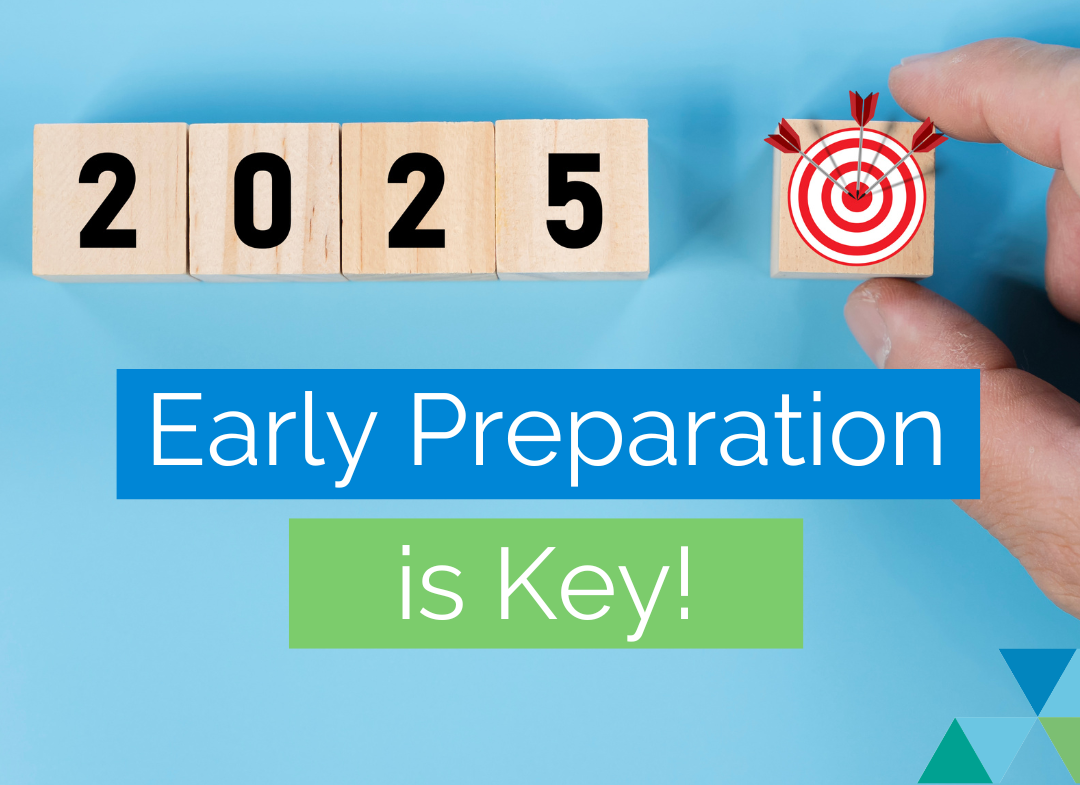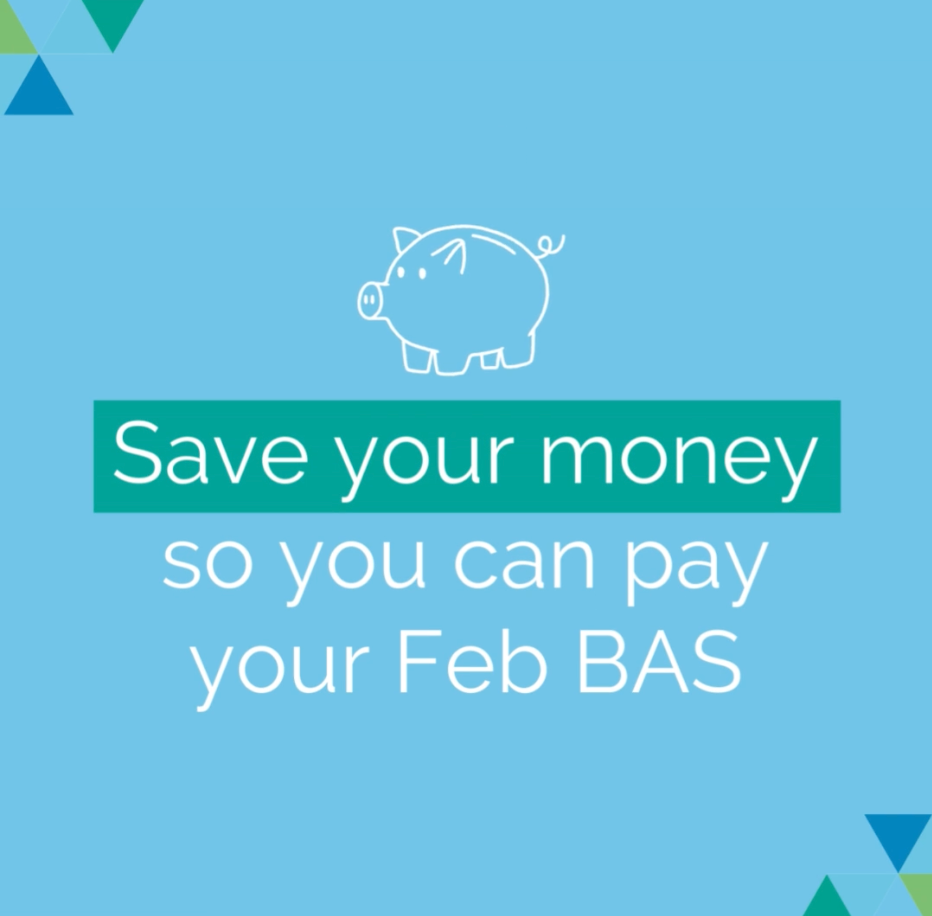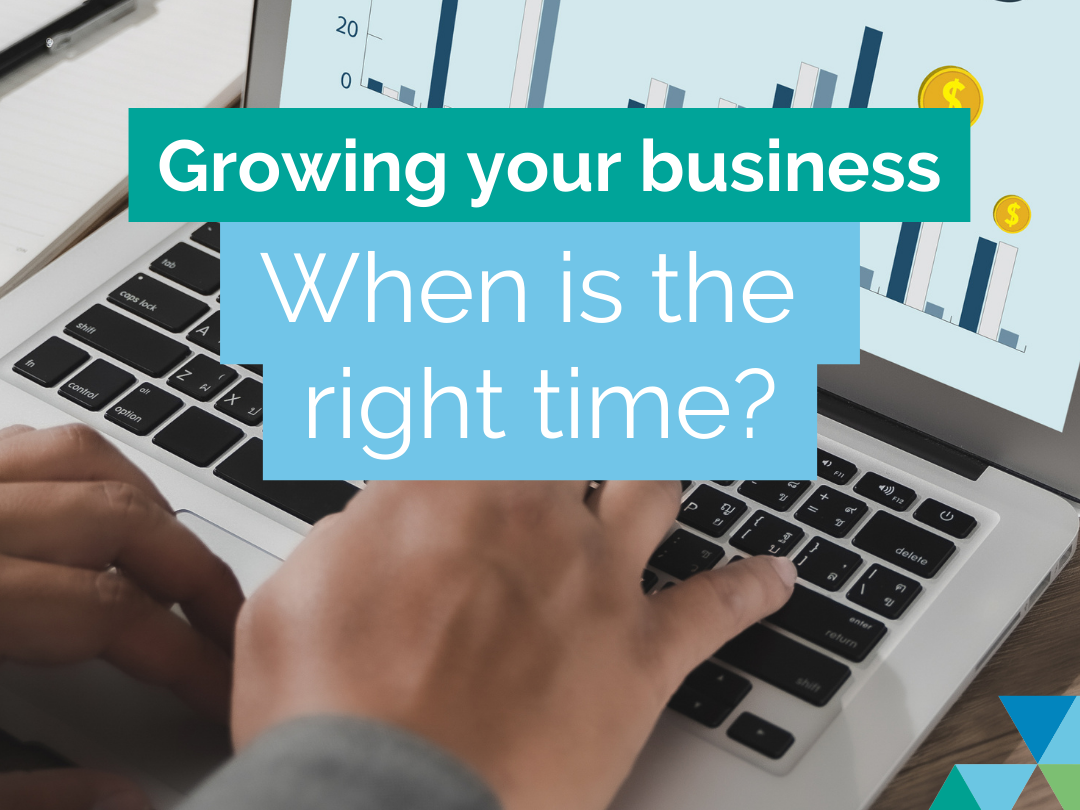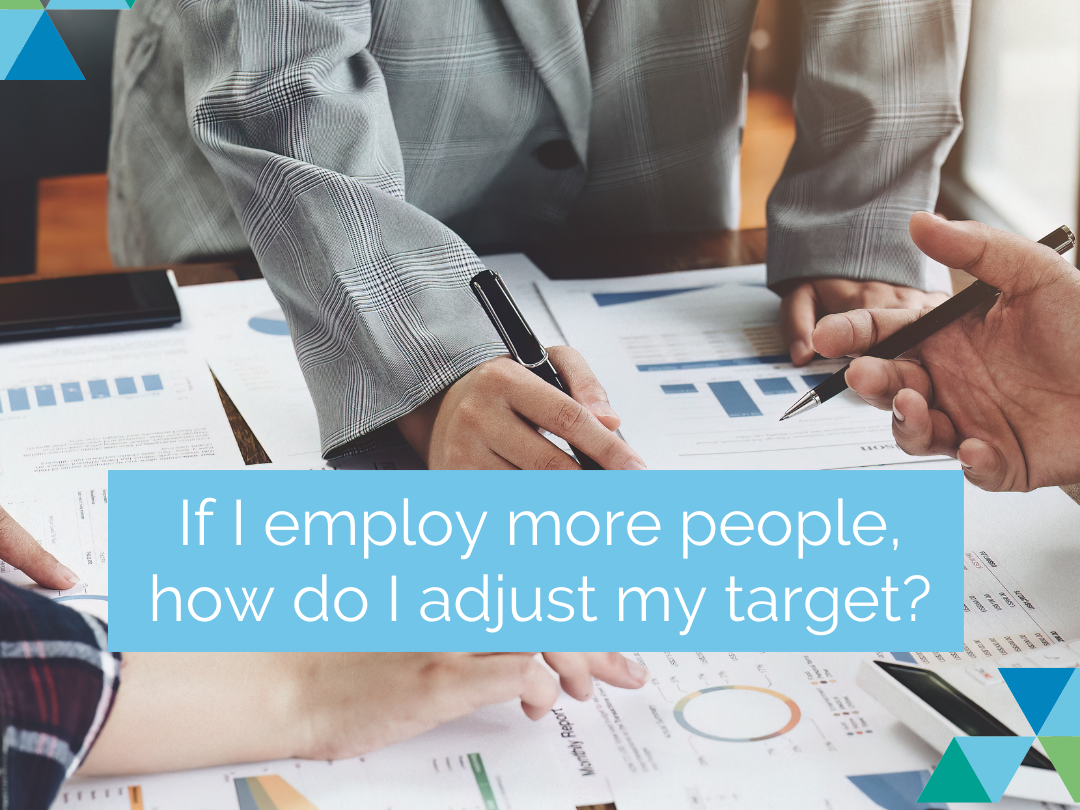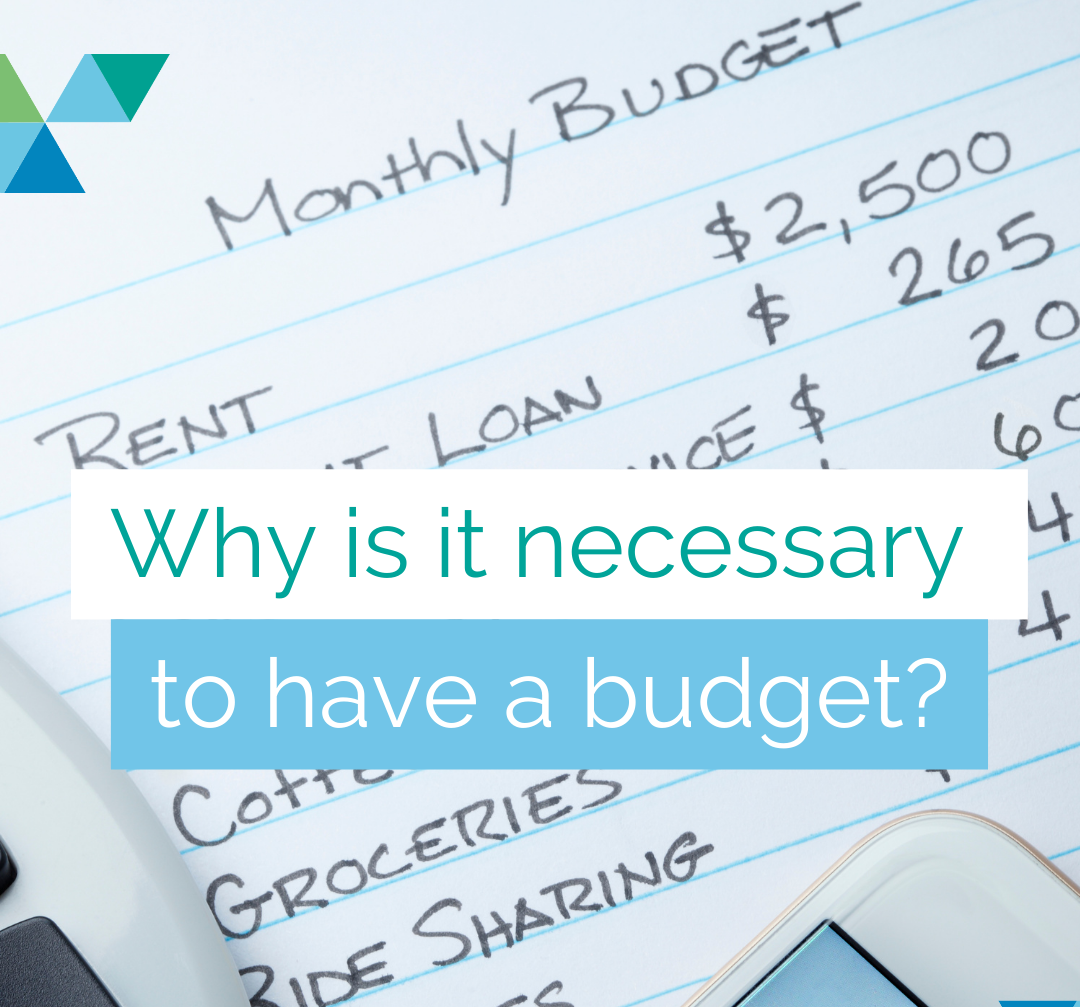Did your business hit target last financial year?
"If you fail to plan, you are planning to fail" - Benjamin Franklin
For most small business owners in Kempsey and Port Macquarie, failure is not an option. We have staff to worry about, bills to pay and goals to achieve. Yet how many of us plan accordingly to get where we want to go?
As Benny Franklin suggests, without a plan in place, you're on the back foot from the get go. As small business owners we naturally want to get more out than we put in, right? But how often are we leaving our success to chance?
The benefits of business planning mean you can stay on top of your business financials and focus on growth milestones.
Four reasons why you need to start setting goals and projecting your business performance next financial year:
1. This is an opportunity for you to learn, improve and anticipate problems that may arise over the next 12 months.
2. It can improve your vision on where your business is heading and prompt you to plan for how you are going to get there.
3. It gives you a solid, evidenced-based approach to your decision making.
4. It can provide you and your team with added motivation by setting achievable goals and targets.
A great place to start when planning your business budget is to focus on key performance indicators. By focusing on key indicators, you can easily monitor and notice changes that may affect the performance of your business so you can act accordingly.
Two key performance indicators to focus on when creating and monitoring your budget are:
Break-even Point
Your break even calculation will help identify the number of sales you need to make to cover all of your business expenses. Any revenue generated above your break-even point can be considered as profit. By understanding your break-even point, you can set weekly, monthly and annual sales targets that will ensure you cover costs and begin to earn a profit.
A simple formula to calculate your break-even point is:
Overhead expenses/ (1 – (Cost of Goods Sold / Total Sales))
For example, if your overhead expenses were $20,600, your cost of goods sold were $51,200 and your total sales were $74,000, then you would need to make $66,860 to cover your business expenses prior to making any profit.
Break-even calculation: $20,600/ (1-($51,200/$74,000)) = $66,860
Net Profit Margin
The net profit margin indicates how much profit your business makes per dollar of revenue it brings in. Understanding your net profit margin will allow you to deep dive into your business to find ways to reduce costs and increase efficiencies.
A simple formula to calculate your net profit margin is:
Net profit/total revenue
(Net profit = total revenue – total expenses)
For example, your business may earn $500,000 in revenue with a net profit margin of 5%, generating $25,000 of net profit. Without generating any further revenue, you can look into your operating costs, such as staff and rent, and discover ways to reduce expenses in an effort to increase your profit.
If you were to change premises and reduce your annual rental expense, you would reduce the amount it costs to generate the same amount of revenue. By reducing your rental expense your new net profit margin increases from 5% to 10%. Your business now earns $50,000 net profit for every $500,000 of revenue generated.
By monitoring simple KPI's regularly and looking for trends, you are able to understand where things may be going wrong and where you may need to make changes.
Similar to the engine light in your car, when it lights up on your dash, you know something needs fixing. The same principal applies to your business. With a simple budget and a process for monitoring this budget in place, you can catch the small inefficiencies before they blow up into big cash flow problems.
Need help putting a budget and growth strategy in place for your business this coming financial year? We're your local Accountant in Kempsey and Port Macquarie focused on helping you grow your business. Contact us today.
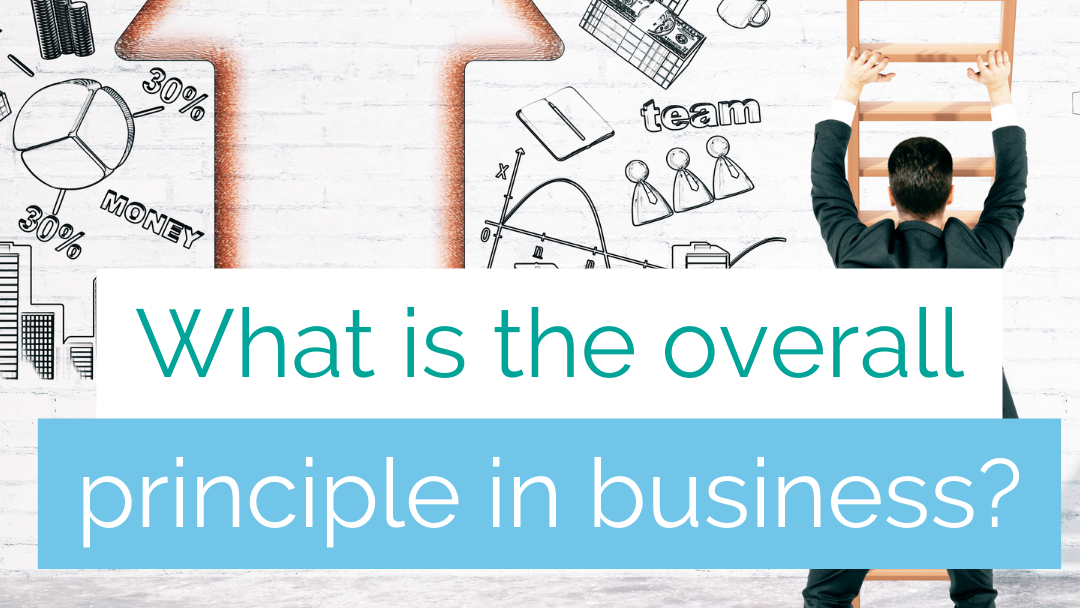
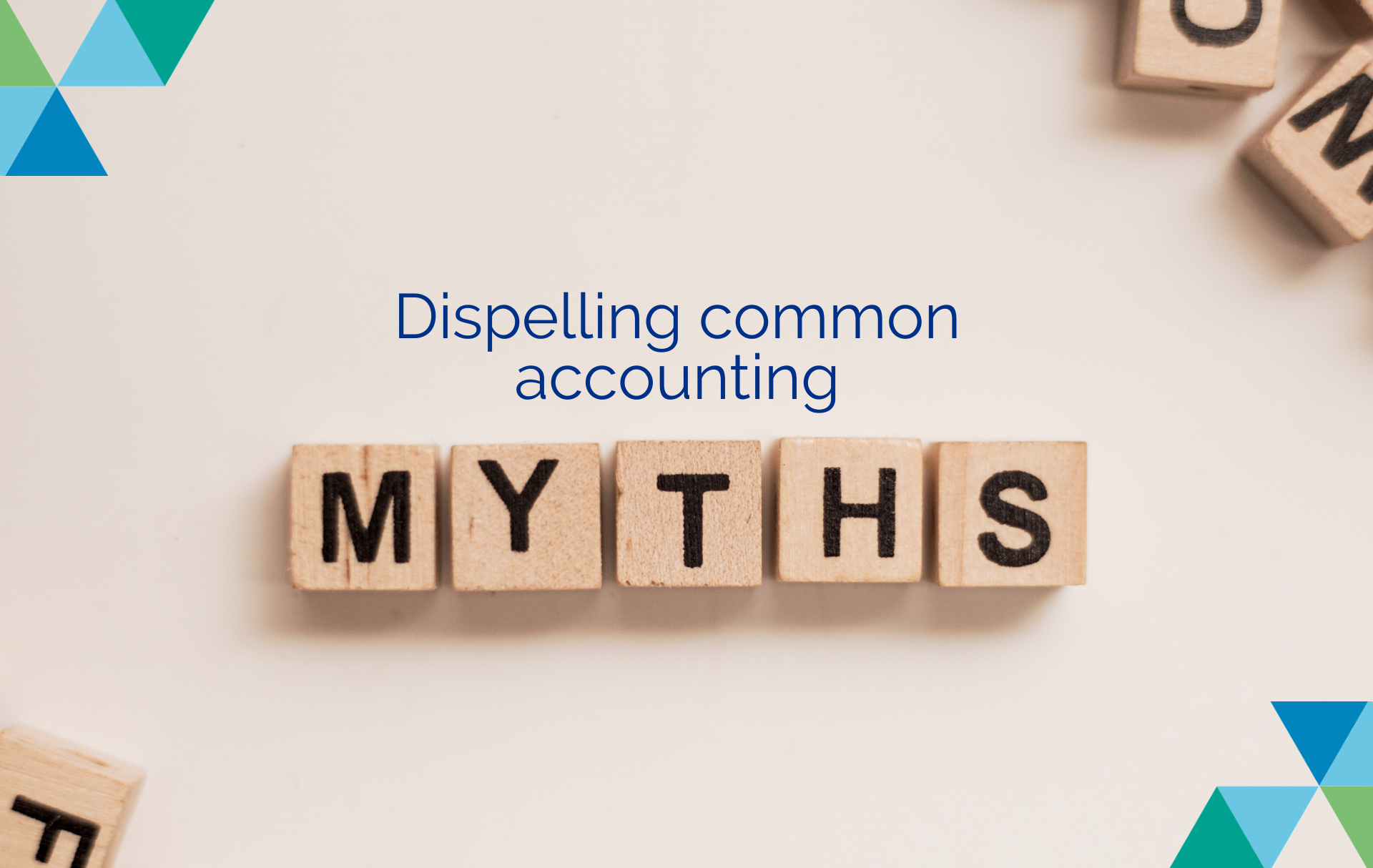
Liability limited by a scheme approved under Professional Standards Legislation

